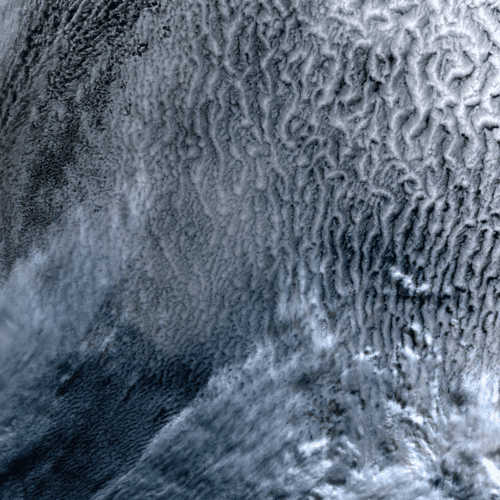

Located in the South Pacific Ocean, about 3,900 kilometers east of New Zealand, Point Nemo is also known as the “Pole of Inaccessibility” because it’s the farthest point from any land on Earth. With no inhabited islands nearby, it has become an ideal location for deorbiting retired spacecraft. In 2030, the International Space Station (ISS) will complete its mission and descend to Point Nemo. Some of the satellites or spacecraft you know might already be resting there.
Image Credit: JAXA